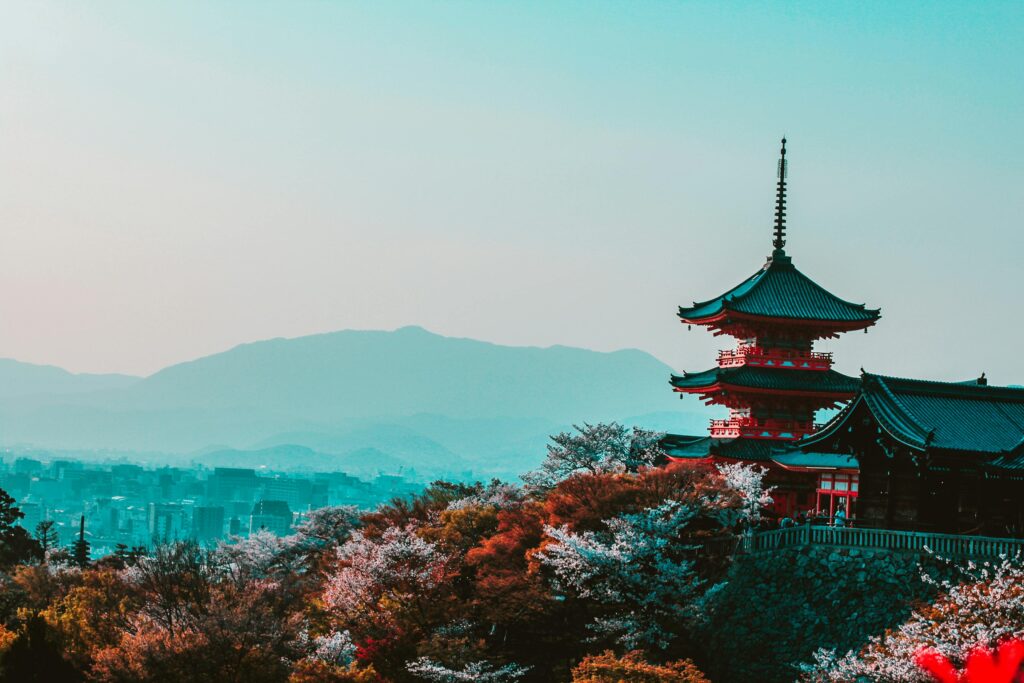Home

🌸 Traditions & Customs
Respect & Politeness: Bowing is a big deal—used to greet, thank, apologize, or show respect.
Omotenashi: The spirit of hospitality. It’s not just good service; it’s anticipating needs without expecting anything in return.
Seasonal Awareness: Japanese people deeply appreciate nature and the changing seasons—think cherry blossoms in spring (hanami) and autumn leaves (koyo).
🏯 Religion & Spirituality
Shinto and Buddhism are the two main religions, often practiced together.
Shrines (Shinto) and temples (Buddhist) are common even in cities.
Festivals (matsuri) are often rooted in religious traditions and are celebrated with music, dance, and food.
🍣 Food & Dining
Food is an art form. Presentation is almost as important as taste.
Popular dishes: sushi, ramen, tempura, okonomiyaki, takoyaki, wagyu beef.
Dining etiquette: Slurping noodles is polite, tipping is not expected, and it’s respectful to say “itadakimasu” before eating and “gochisousama” after.
👘 Traditional Arts & Fashion
Kimono and yukata are traditional garments still worn for festivals and ceremonies.
Tea Ceremony (chanoyu): A ritualistic way of preparing and drinking matcha.
Ikebana (flower arranging) and origami (paper folding) are elegant traditional arts.
Calligraphy (shodo) and painting often use brush and ink.
🎎 Pop Culture
Anime and manga are major global exports—think Studio Ghibli, Naruto, Attack on Titan, etc.
J-pop, video games, and street fashion from places like Harajuku are huge cultural forces.
Kawaii culture (cuteness) is also super prominent in everything from fashion to marketing.
🚄 Modern Life
Japan is a high-tech society with some of the world’s fastest trains, most efficient cities, and coolest vending machines.
Cities like Tokyo are vibrant, clean, and full of futuristic vibes—but still rooted in deep tradition.